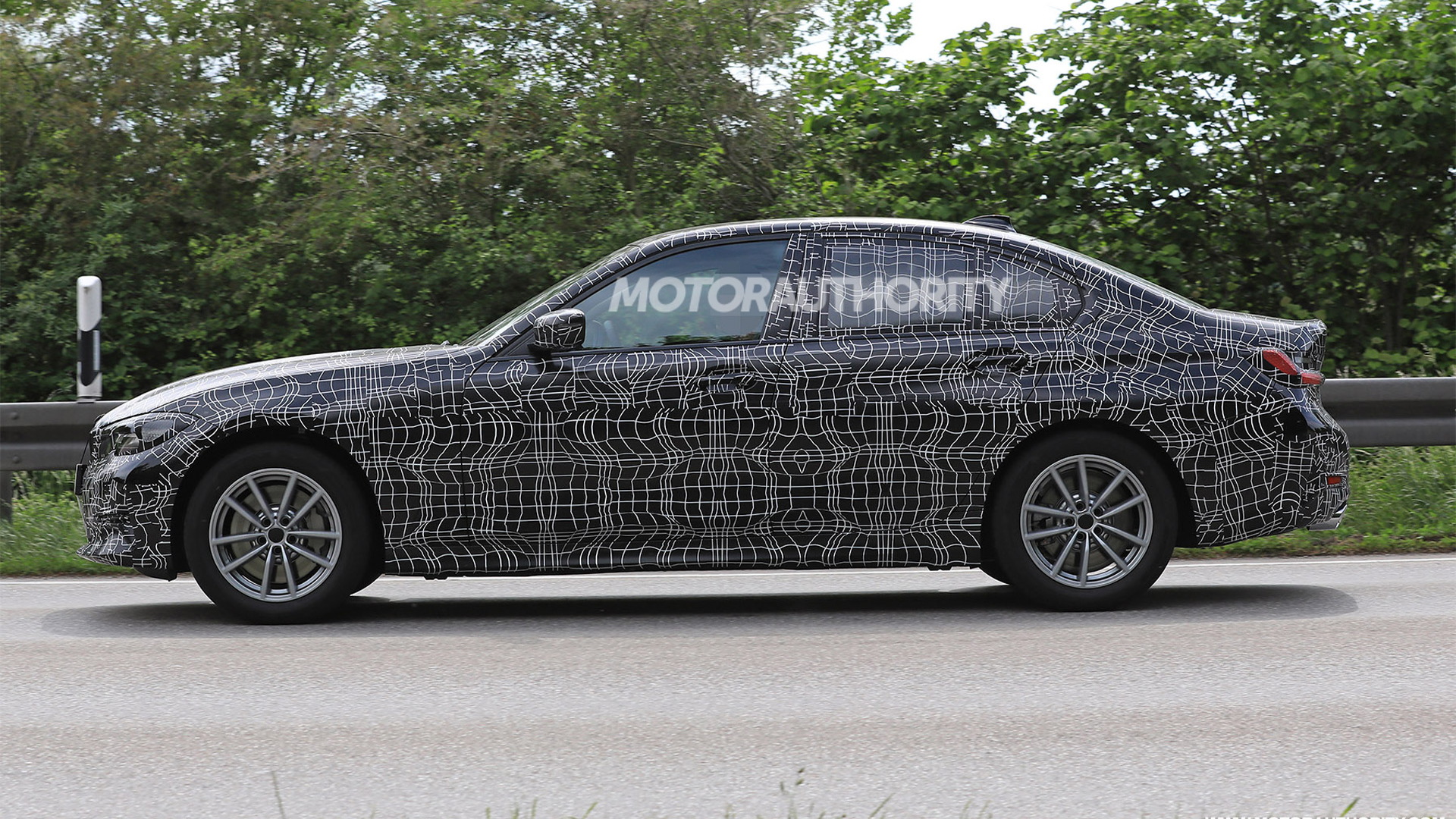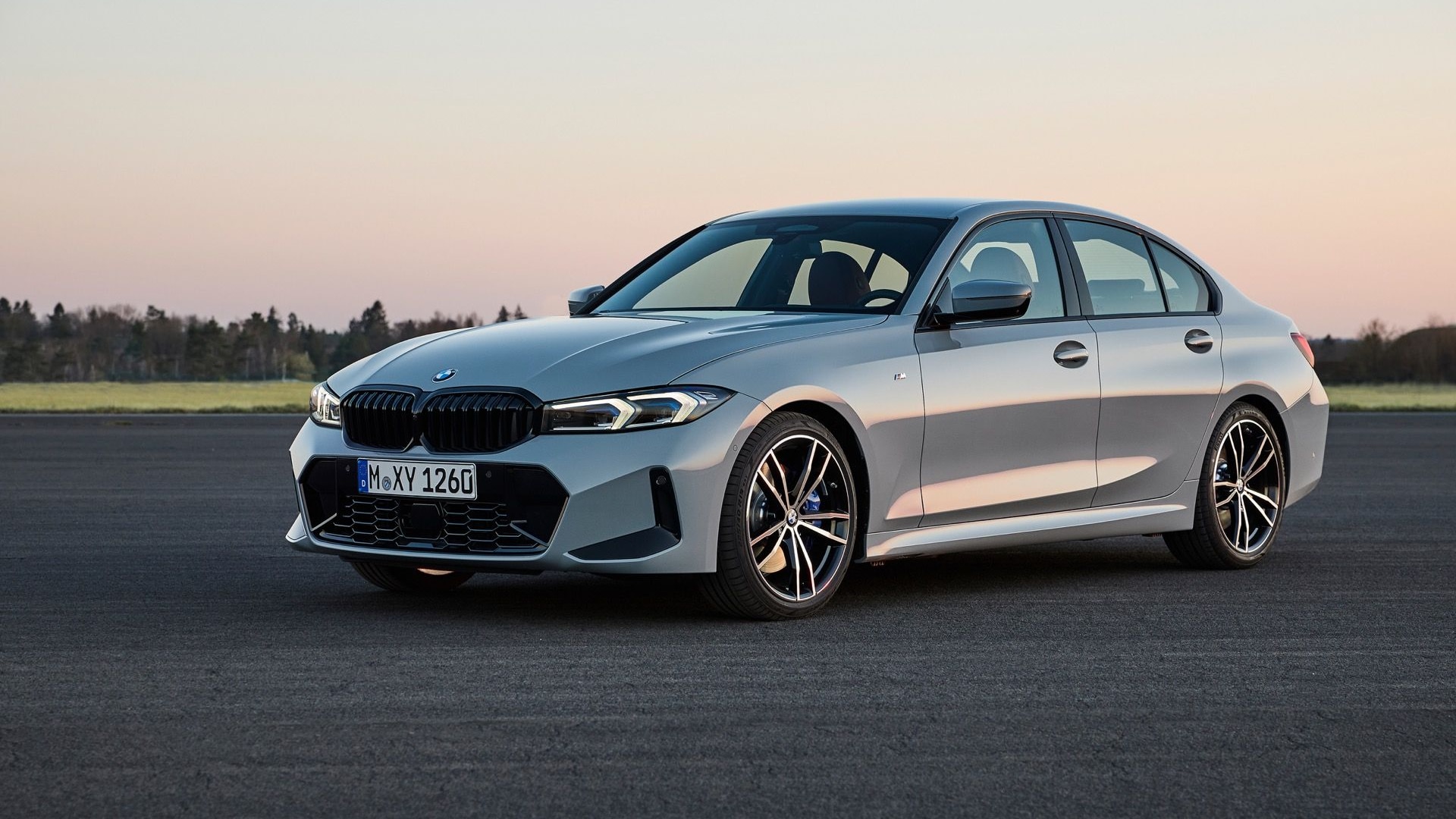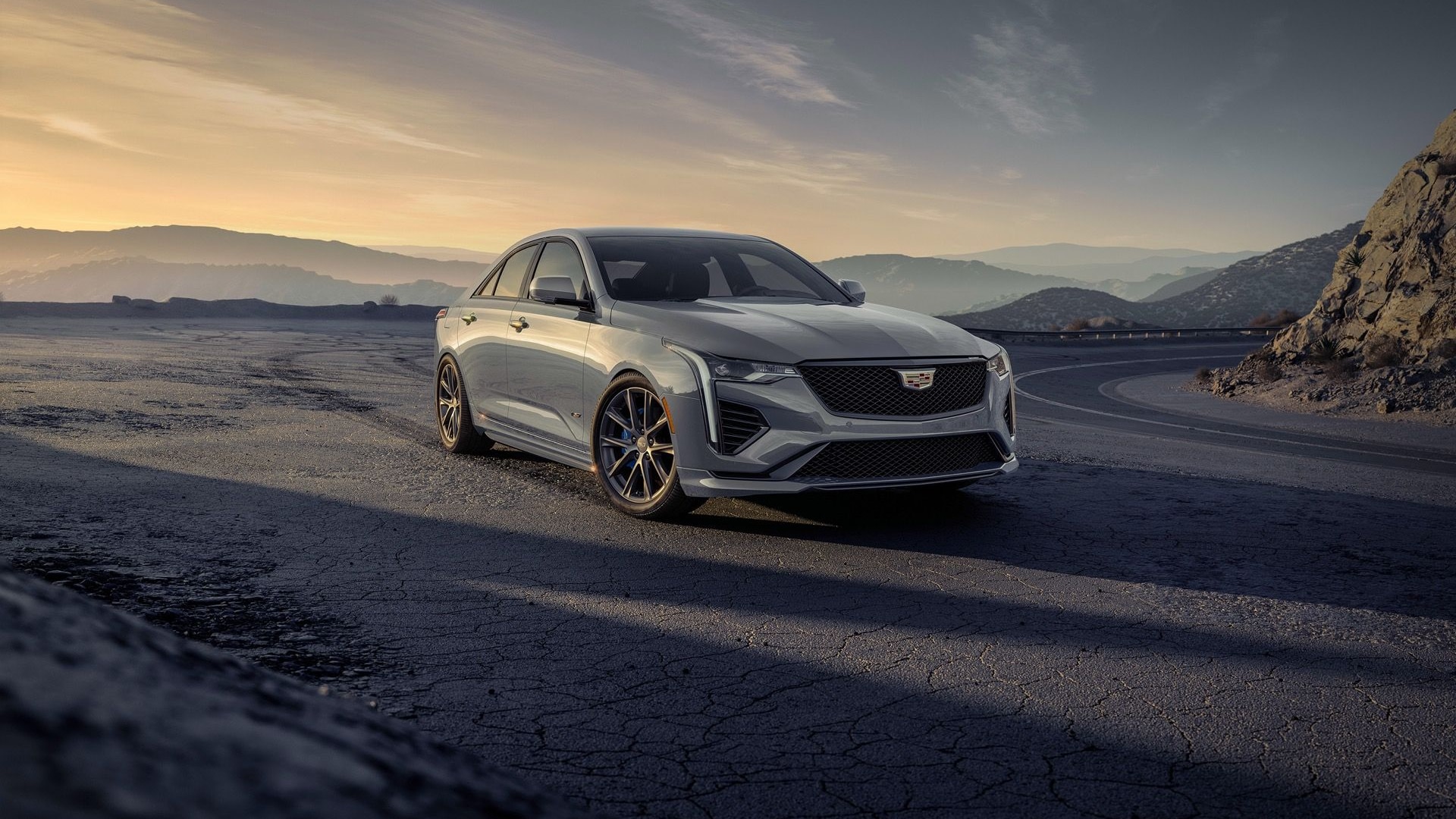Feast your eyes on the latest spy shots of a prototype for BMW’s next-generation 3-Series, arguably the automaker’s most important model of the decade. It is expected to be revealed in late 2018 or early next year as a 2019 model.
Like past generations, this new 3-Series, code-named the G20, will likely end up the benchmark for the small sedan segment when it comes to important metrics such as driving dynamics and performance. However, Mercedes-Benz and even Cadillac with their latest small sedan offerings have left BMW in catch-up mode.
Fortunately for BMW, its engineers have developed one of the most advanced platforms in the business. That platform is the multi-material constructed CLAR modular design that made its debut in the 2016 7-Series and has since appeared in the 2017 5-Series.
2019 BMW 3-Series spy video from Motor Authority on Vimeo.
The platform incorporates lightweight materials such as aluminum, magnesium and, in the case of the 7-Series, carbon fiber-reinforced plastic. It should bring weight savings of around 88 pounds for the 3-Series. It can also support alternative powertrains including plug-in hybrid and battery-electric applications.
Looking at the spy shots, evolutionary styling has clearly been adopted. All the signature BMW styling cues are present, such as the kidney grille, Hofmeister kink and short overhangs. However, the front of the car appears lower and wider than before, which should give the new 3-Series a very sporty look, just like Jaguar’s svelte XE.
Though it’s hard to gauge from the grainy shot of the interior, it looks like there’s a digital instrument cluster. This will likely be teamed with an infotainment system complete with voice activation and gesture control. The driver should also have access to full a suite of electronic driving aids including partial self-driving modes.

2019 BMW 3-Series spy shots - Image via S. Baldauf/SB-Medien
The core powertrains for the United States should remain turbocharged 4- and 6-cylinder inline engines displacing 2.0 and 3.0 liters respectively. In other markets we’ll see BMW introduce its 1.5-liter inline-3.
Diesel and plug-in hybrid options should be available in most markets, with the latter possibly utilizing two electric motors (one driving the front axle and the other integrated with the transmission) in a setup known as Power eDrive. BMW’s current plug-in hybrid 3-Series relies on a single electric motor integrated with the transmission.
Of course, there will also be a high-performance M3 variant. Don’t be surprised if this one gets some form of electrification to boost performance while reducing fuel consumption.









